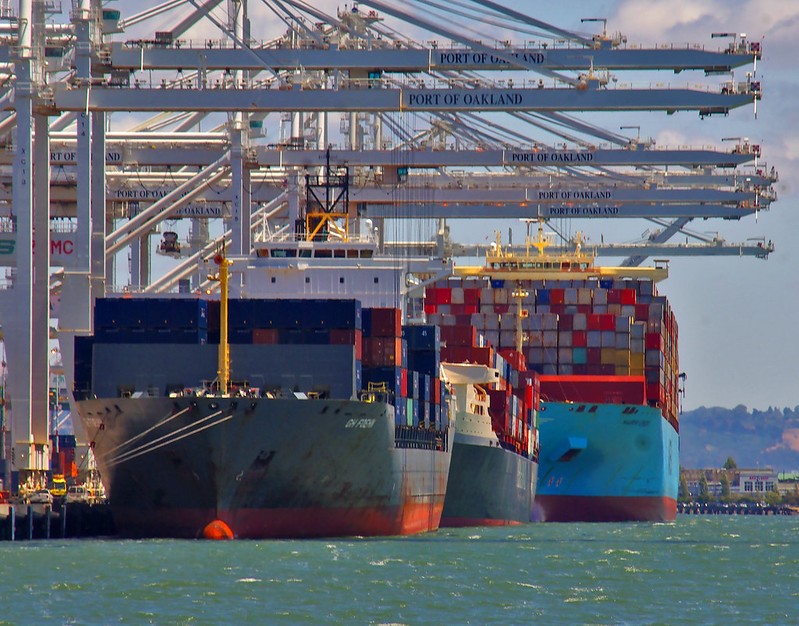
Improved Port conditions point to future container volume growth
The Port of Oakland’s total container volume contracted in June this year, in contrast to June 2022.
June’s full TEUs (twenty-foot containers) are 26.5% lower than in June of last year. Marine terminal operators at the Port of Oakland (Port) moved 120,433 TEUs in June 2023, compared to 163,901 TEUs in June 2022.
Full imports dropped 30.6% with 66,295 TEUs handled by the terminal operators, in contrast to 95,530 TEUs in June 2022.
Importers continue to send cargo to East Coast and Gulf Coast ports. This was in response to the uncertainty of labor negotiations between the International Longshoremen and Warehouse Union (ILWU) and Pacific Maritime Association (PMA). Now that an agreement has recently been reached, hopes are that cargo is more likely to return to U.S. West Coast ports.
“Although cargo has begun to return to the West Coast, weak consumer demand and high inventory levels continue to be headwinds to volume recovery,” said Port of Oakland Maritime Director Bryan Brandes. “However, operational improvements, the return to normalcy, and the settlement of labor contracts create an opportunity for us to gain a greater market share of containerized cargo.”
Full exports experienced a 20.8% decline, with 54,138 TEUs transiting Port facilities, in contrast to 68,371 TEUs in June 2022. Full export volume was also down 10.8% in 2023 year-to-date (January through June 2023) compared to the same period in 2022. Less recycling is being sent to Asian countries. However, U.S. agricultural exports continue to be a steady export commodity for Oakland.
Empty exports declined by 40.9%, with 23,879 TEUs passing through Port facilities in June 2023, as opposed to 40,408 TEUs in June 2022. While empty imports dropped 2.3%, moving 11,516 TEUs in June 2023, versus 11,788 TEUs in June 2022.
Ships are now spending 24-48 hours in port on average, which is comparable to the pre-pandemic average stay at Oakland. The return to smoother-running maritime operations creates more efficiency for the recovery of Oakland’s container volume.











